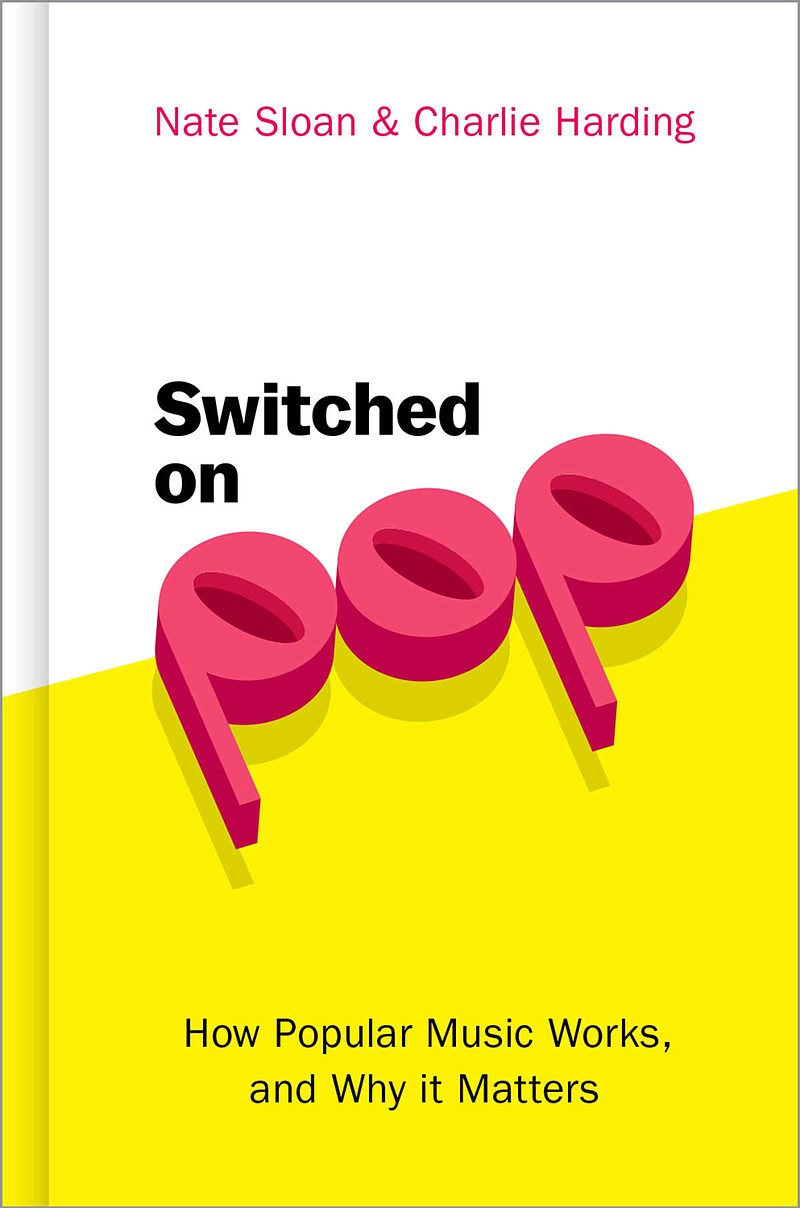Picture this: You're waiting in the checkout line at the grocery store when suddenly you open your ears to the music playing overhead. It's "You Belong With Me" by Taylor Swift. You know, that song you pretend to hate but secretly love? Anyway, in the middle of trying not to sing along too loudly, you notice Taylor does this thing with the melody. You can't quite put your tongue on what it is, but you've heard it before. You shrug and move on because it's your turn to check out.
That is, unless you're musicologist Nate Sloan and songwriter Charlie Harding, whose podcast, "Switched on Pop," is devoted to diving into pop music. They seek to answer questions like these: What rhythms make us dance? Why is Max Martin so good at making pop jams? What's that underwater sound so many songs have been featuring lately? And, of course, what is that THING Taylor Swift does in so many of her songs?
If you ask Sloan and Harding, it's a trio of descending notes called a "T Drop," and it's just one of the many pop-music moments they use to explain different musical concepts in their new book, "Switched on Pop: How Popular Music Works, and Why It Matters."
The duo started the podcast in October 2014 and are at 146 episodes and counting. About two years ago, they decided to take their shared interest in music composition and pop music one step further - with a book.
Harding said it's not that there was a real need for a text, but their listeners kept writing them saying they wished there was a book to help understand core musical concepts.
"The book is the most fun music theory class you could ever take," Sloan said.
They wanted to give people an essential guide with pop songs as examples, Harding said, but as one can imagine, choosing which songs to include was not exactly an easy task. They tried to narrow their list down by only choosing songs from the last 20 years - ones readers have likely heard before. "Hey Ya!" by Outkast, "Despacito" by Luis Fonsi and Daddy Yankee and "Oops! I Did It Again" by Britney Spears are just a few of the megahits that made the book.
Sloan said the selection process was long, but fun. They wanted to choose songs that had a sense of longevity, which can be hard to predict, he said.
"We had such a long conversation about whether Justin Bieber should be in the book," Sloan said.
In addition to educating readers and listeners on musical concepts, the authors started the podcast to share their passion for music composition. They wanted to connect with people around musical conversations, which isn't as easy as you would think for pop. In the book's introduction, Sloan and Harding admit to once being music "snobs" who let their feelings toward the genre prevent them from enjoying it.
"There's so much (pop) has to teach us about our own internal biases," Harding said.
The podcast may be called "Switched on Pop," but their purpose is also to help people become switched-on listeners, Harding explained.
"It's OK to embrace your taste," he said. "Be into what you're into."
Through the podcast, they've also provided music education to people who may not be able to access it easily. Sloan said they've gotten emails from educators who have used the show as a learning tool. He said, in a way, pop music was the spoonful of sugar that helped the music-theory medicine go down - but then it became the medicine itself.

